
Computer Science
Sweat-sniffing sensor could make workouts smarter
No blood, no batteries — just sweat, microwaves and some seriously cool science.
Page 1 of 2

Computer Science
No blood, no batteries — just sweat, microwaves and some seriously cool science.

Electrical Engineering
A smartphone-style sensor reads moisture levels in skin, offering a low-cost way to monitor health during fasting, exercise or everyday life.

Electrical Engineering
Two forms of gallium oxide come together in a "phase heterojunction" to create a sensitive ultraviolet detector.

Electrical Engineering
An adaptive capacitor that can sense and learn through optical stimuli enables learning and recognition tasks.

Electrical Engineering
Two new designs of narrow-linewidth semiconductor laser offer high-performance light sources for use in sensing and metrology.
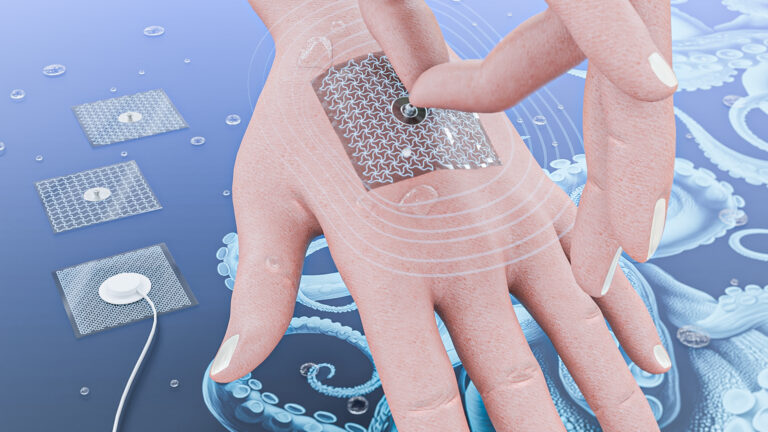
Electrical Engineering
Hybrid 3D printing helps to create adhesive textures for a highly adhesive and reusable biopatch that monitors health.
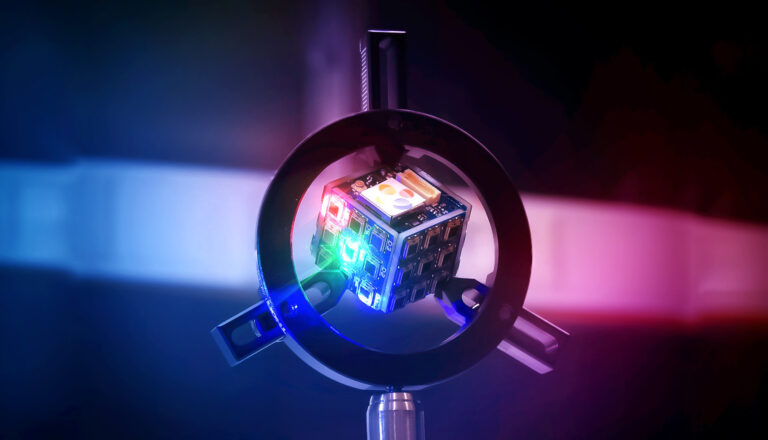
Electrical Engineering
A self-powered system that combines high-speed data transfer with continuous energy harvesting is set to revolutionize the Internet of Things.

Computer Science
A selective thermal oxidation that eliminates damage to sidewalls is set to enhance micro-LED efficiency.

Applied Physics
The key to achieving greatly increased capacity and efficiency in semiconductor technology could be to build upwards, in vertical stacks of thin film transistors. © 2024 KAUST

Computer Science
An automated scheme for optical lens design looks set to enhance mobile phone cameras.
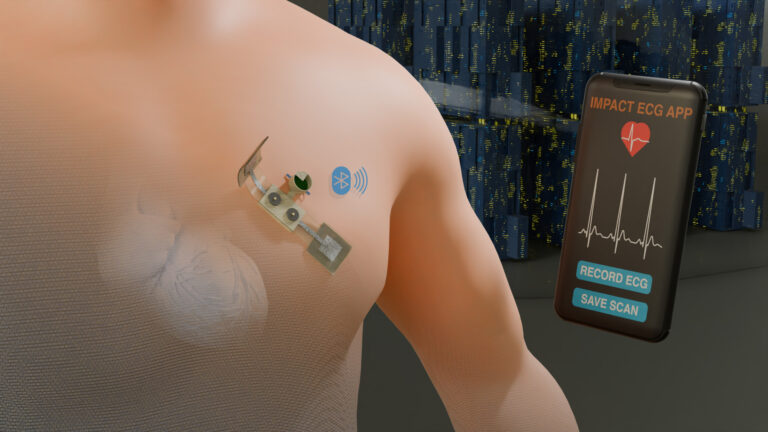
Computer Science
An innovative use of screen printing to assemble the key components of wet ECG electrodes enables remote monitoring at extended range and improves the experience for patients and healthcare staff.

Electrical Engineering
Transparent solar cells utilize non-fullerene acceptors, merging efficiency with aesthetics for urban design transformation.
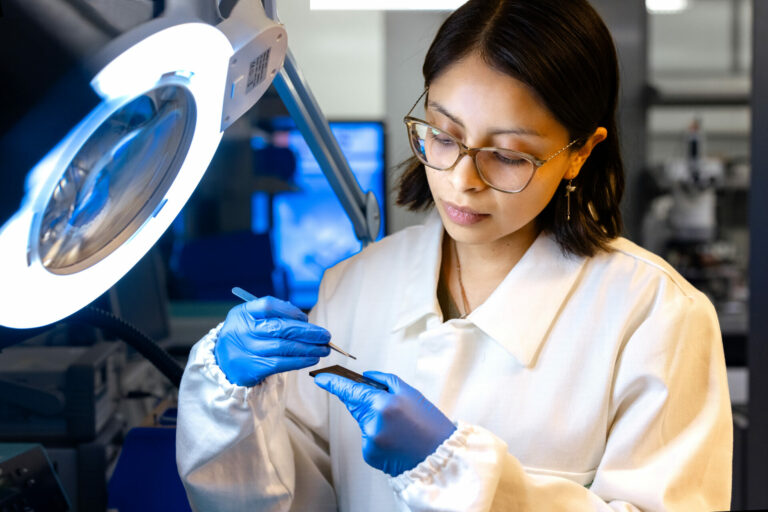
Bioengineering
Artificial skin coupled with sensors and machine learning technology allows people with voice disorders to communicate using soundless mouth movements.

Applied Mathematics and Computational Sciences
A simple yet elegant solution could improve data rates for multiple communications networks that share a common frequency band.
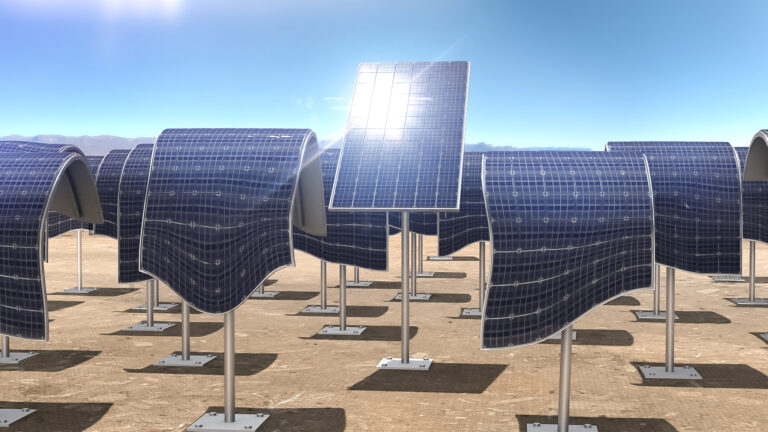
Electrical Engineering
Multicomponent mixtures could provide organic solar cells that defy heat and achieve record efficiency.

Applied Mathematics and Computational Sciences
Solid-state radiofrequency reflectors will enable seamless wireless connectivity in the Hyperloop evacuated-tube transport system.
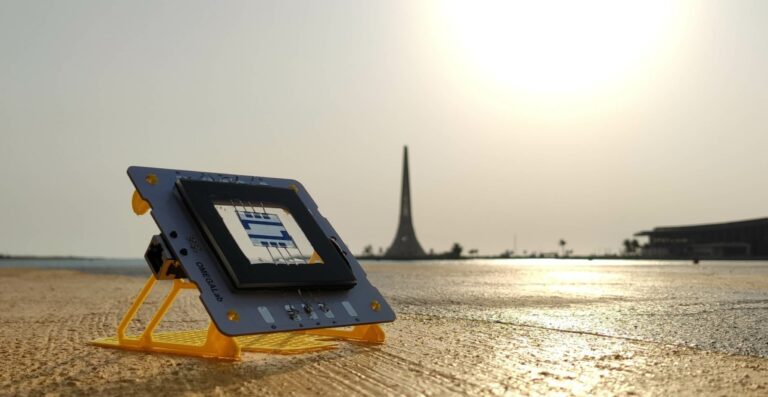
Electrical Engineering
The molecular structure of organic semiconductors is key to the outdoor stability of organic solar cells.

Computer Science
A residual-based approach that detects and corrects voltage and frequency anomalies could protect power grids against covert cyberattacks.
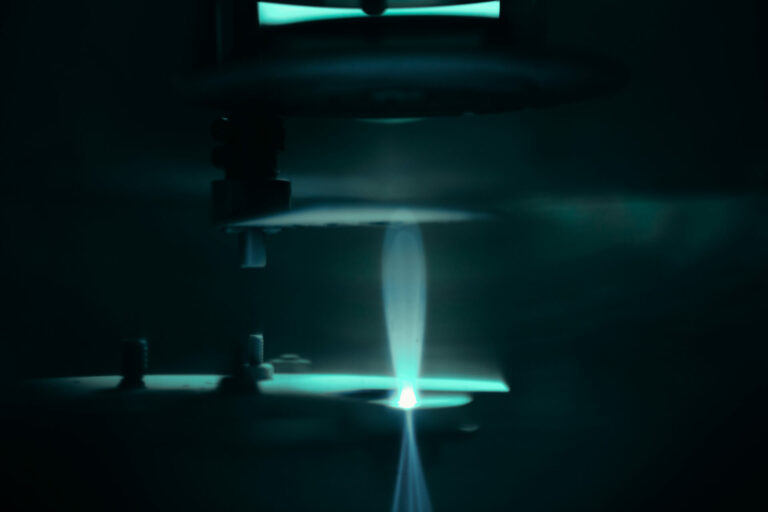
Applied Physics
Gallium oxide offers resistance to radiation and high temperatures, and could be used for data storage and computing in extreme conditions.

Applied Physics
A comparison of different solar-cell technologies shows that an organic material is better at staying cool than common silicon, and how a windy environment can help.
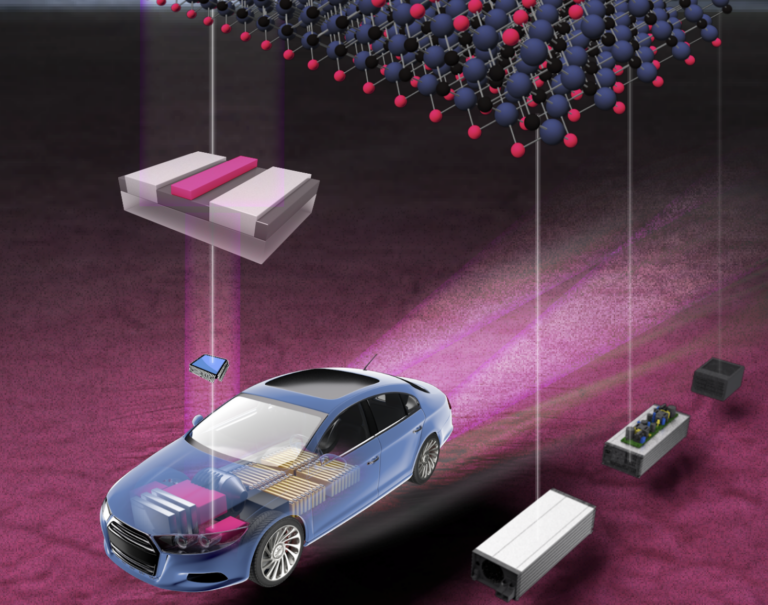
Applied Physics
Using a two-dimensional material to electrically connect to high-power semiconductor transistors improves device performance.

Computer Science
Light-sensitive memory elements that can be programmed optically offer promise for more efficient real-time image analysis.

Computer Science
A strategic means to assess, plan and manage a nation’s digital assets across the entire value chain is essential to achieve digital sovereignty.

Electrical Engineering
Next-generation silicon chips based on spintronics could improve global cybersecurity.

Electrical Engineering
A simple modification of a semiconductor laser's shape can improve the quality of its beam.

Electrical Engineering
Combining UV sterilization with vacuum sealing significantly extends the shelf-life of a variety of foods.
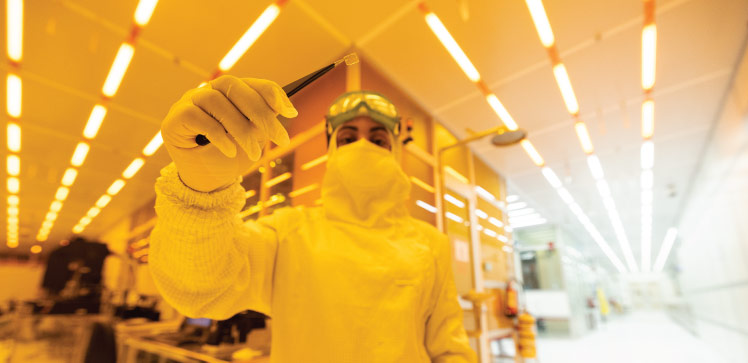
Electrical Engineering
A flat all-dielectric reflector metalens design could benefit optical imaging, manipulation and communications.

Electrical Engineering
Fabricating intricate optical structures onto the tip of an optical fiber creates a new source of special light beams.
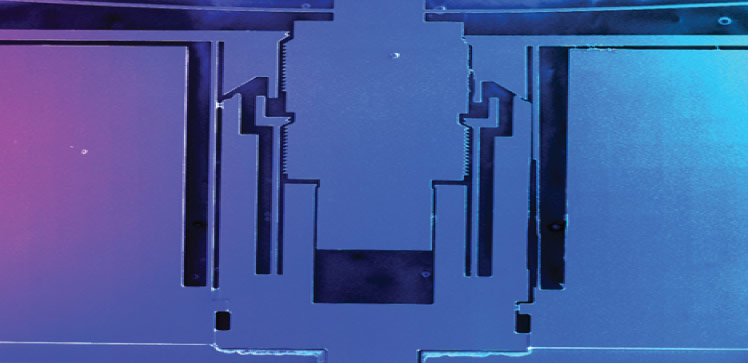
Electrical Engineering
A single-actuator system allows sensor-free highly precise position control for microelectromechanical devices.
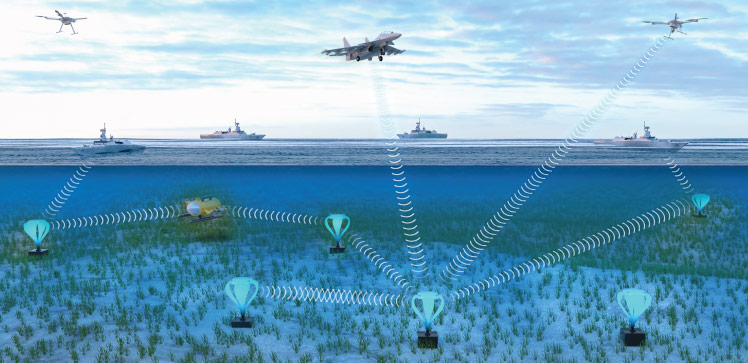
Electrical Engineering
Optical fibers doped with perovskite nanocrystals bring new opportunities for photodetectors for high-speed, free-space and underwater data links.

Electrical Engineering
Inspired by the human eye, a neuromorphic vision system recognizes handwritten numbers.

Electrical Engineering
In-memory sensing technology will facilitate electronic systems that are faster, smaller and consume less energy.
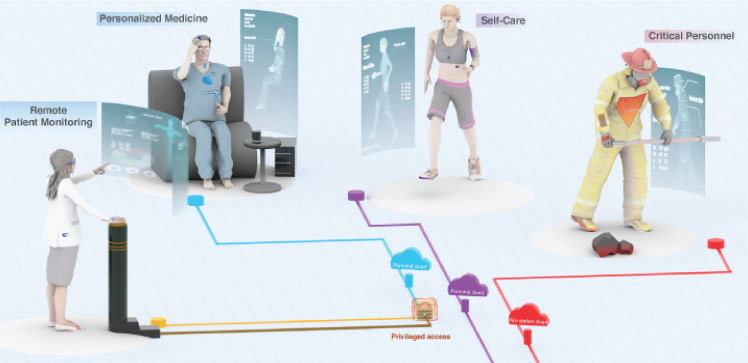
Electrical Engineering
A network of body monitoring devices connected using our own tissue could form the basis for the internet of bodies (IoB).

Electrical Engineering
Rather than just burning it, coal could also become a valuable solar desalination material.
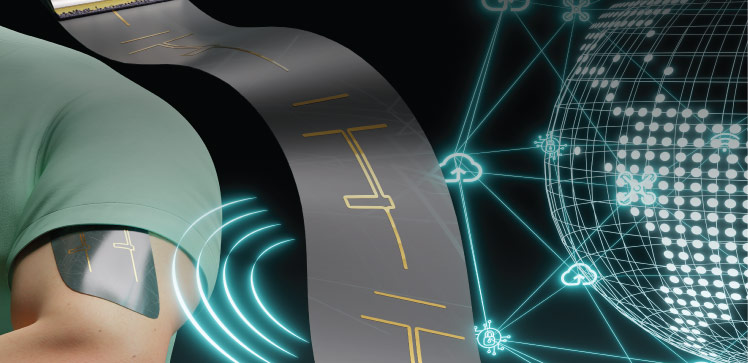
Electrical Engineering
A screen-printing approach to creating foldable circuits could make many functional devices easier and cheaper to mass produce.

Electrical Engineering
Movable airborne antennas receiving cellphone signals could reduce EMF exposure while offering higher data transmission speed and using less power.
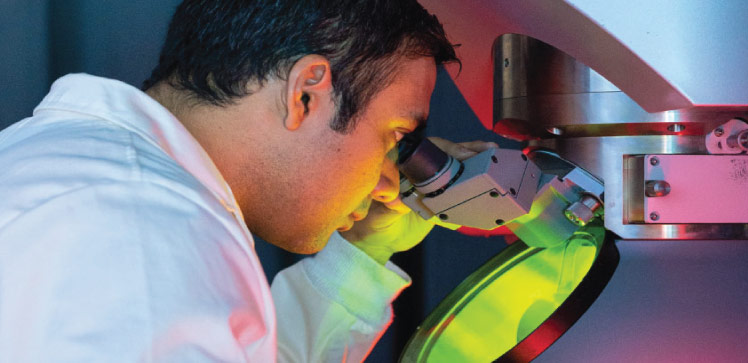
Electrical Engineering
Tiny light-emitting devices that can create all the colors in the rainbow are essential for the next generation of phones and screens.

Electrical Engineering
The twin technologies of unmanned aerial vehicles and wireless sensors could be the ideal combination to counter forest fires.
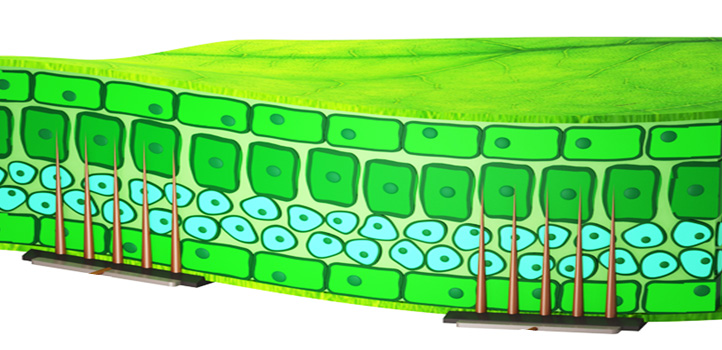
Electrical Engineering
Ultrathin needles for probing plants could help keep crop health in check.
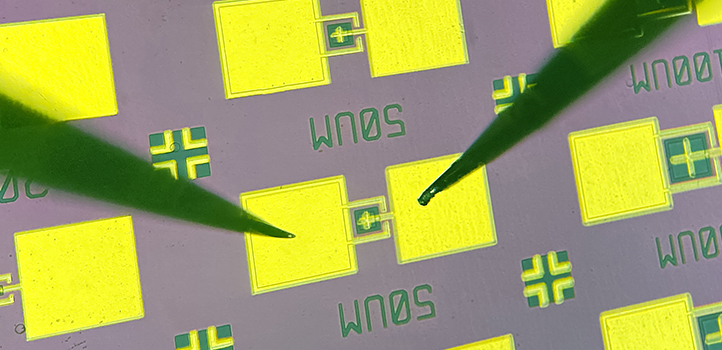
Electrical Engineering
Pure red-light micrometer-scale emitting devices made from a nitride semiconductor reaches excellent efficiency.
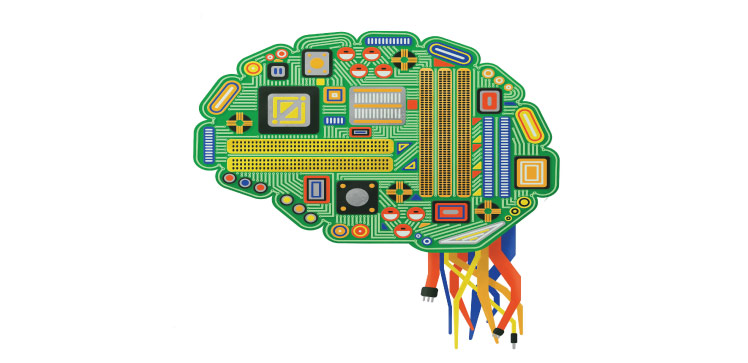
Electrical Engineering
A neural network that mimics the biology of the brain can be loaded onto a microchip for faster and more efficient artificial intelligence.
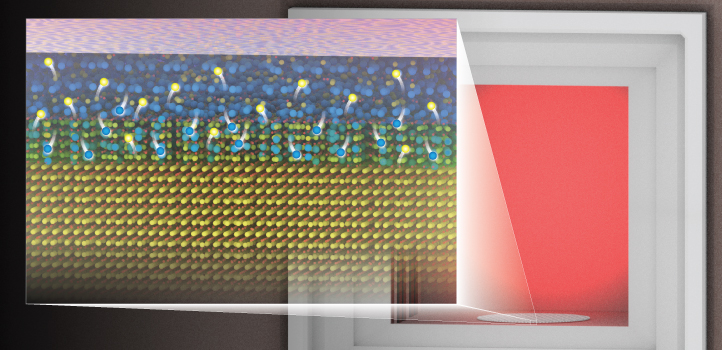
Electrical Engineering
Researchers have made unparalleled ultrawide-bandgap semiconductors through temperature and timing, just like baking bread.

Electrical Engineering
Flying drones connected by a cable tethered to a ground station could be a flexible solution for enhancing wireless connectivity in temporary hotspots.

Electrical Engineering
Advanced laser-printing techniques prove ideal for creating tiny optical communication devices with complex internal structures.
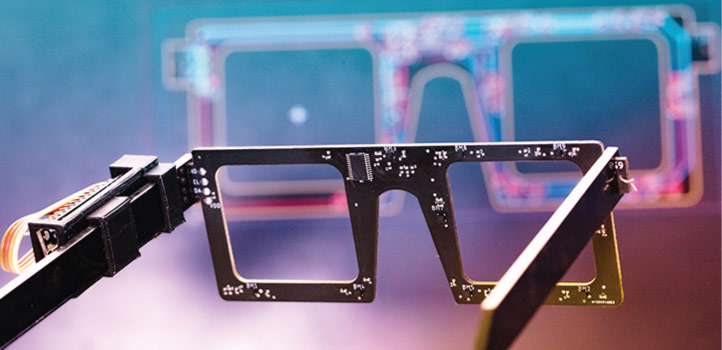
Electrical Engineering
An assistive technology uses magnetic skin to support freedom of movement for people with quadriplegia.

Electrical Engineering
Roads installed with wireless charging technology could become an integral feature of our cities in an electric vehicle future.
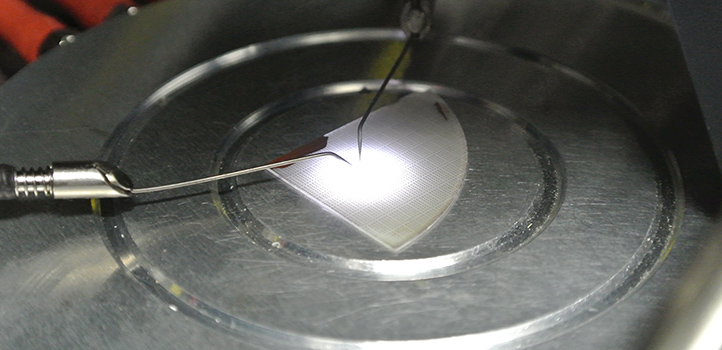
Electrical Engineering
A single semiconducting material can produce white light by emitting light across the visible spectrum.
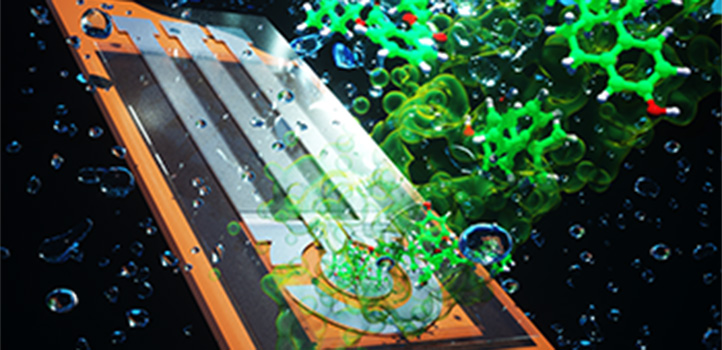
Electrical Engineering
Laser writing breathes life into high-performance sensing platforms.
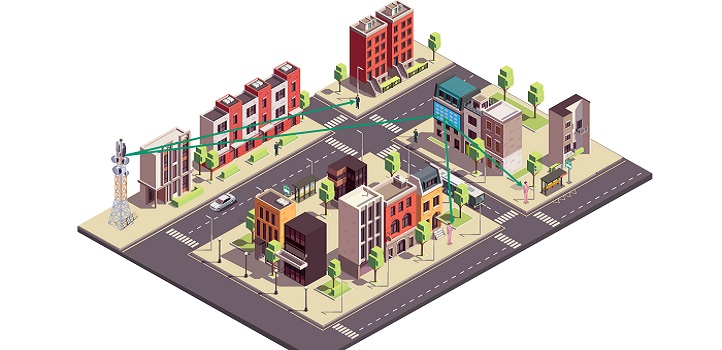
Electrical Engineering
A mathematical model shows specialized reflective panels could be deployed on a large scale to enhance communication networks in urban areas.
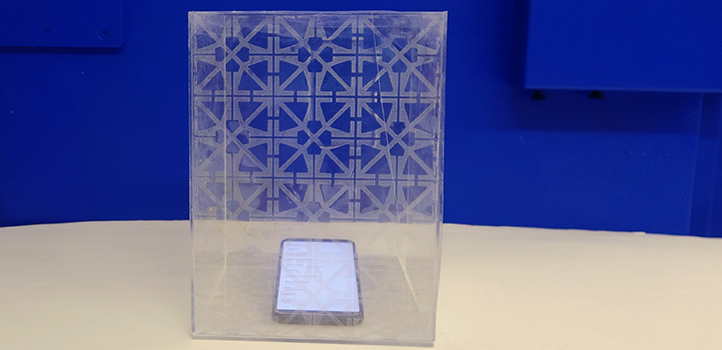
Electrical Engineering
A printable ink that is both conductive and transparent can also block radio waves.
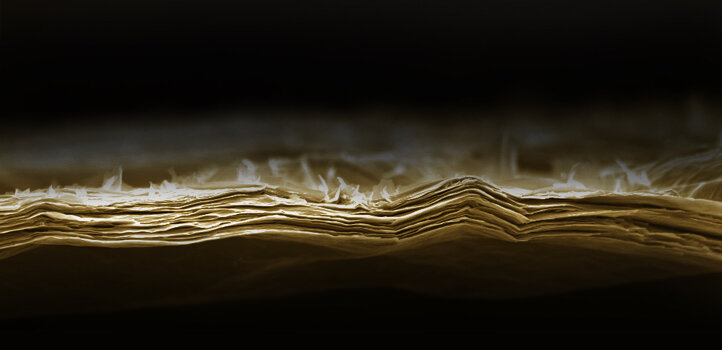
Electrical Engineering
A two-dimensional material mimics the human temperature-sensing system.
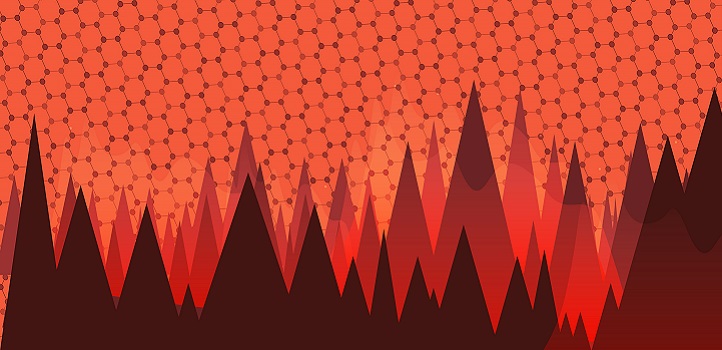
Electrical Engineering
A multisensory graphene-based skin can sense in extreme environments where other sensors cannot be used.

Electrical Engineering
Identifying the ideal co-catalyst can significantly extend the working lifetime of solar fuel–generating photocatalysts.
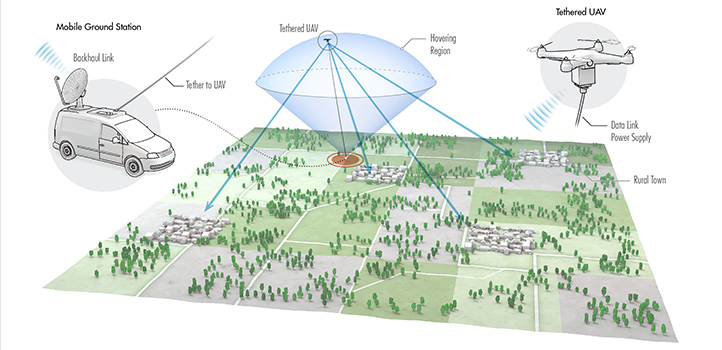
Electrical Engineering
Wire-connected drones may complement or replace the fixed-base stations of cellular communications networks.

Electrical Engineering
A polyimide membrane with regularly sized and spaced pores turns the N95 respirator into a reusable mask for protection against COVID-19.

Electrical Engineering
Novel red LEDs are more temperature stable than those made using the conventional semiconductor of choice.

Electrical Engineering
An old branch of mathematics finds a fertile new field of application.

Electrical Engineering
Customizable magnetic iron nanowires pinpoint and track the movements of target cells.
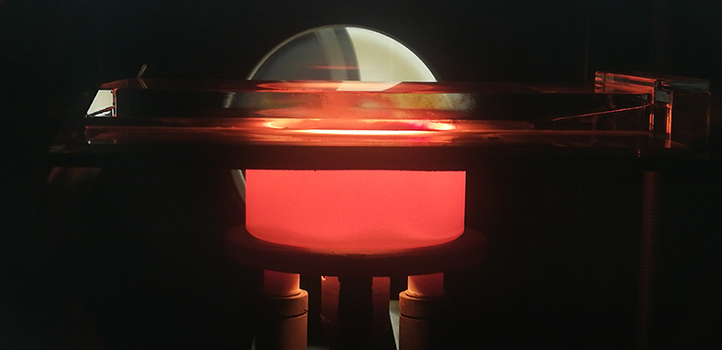
Electrical Engineering
First high-intensity, low-voltage red LEDs made from nitride semiconductors.

Electrical Engineering
Optical fibers wrapped around date palm trunks could help detect this tree’s most destructive pest early enough to save it.
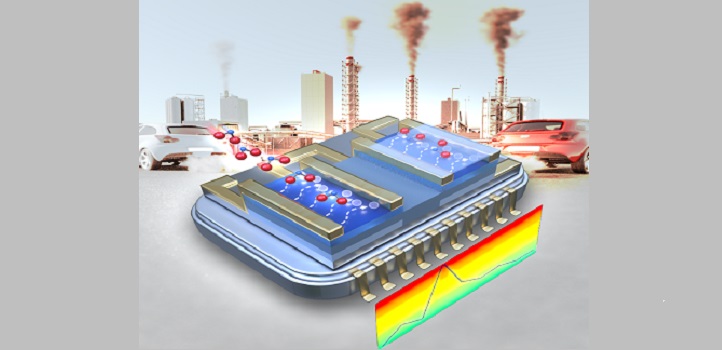
Electrical Engineering
An integrated detector device could form the basis of a distributed air-quality sensor network.
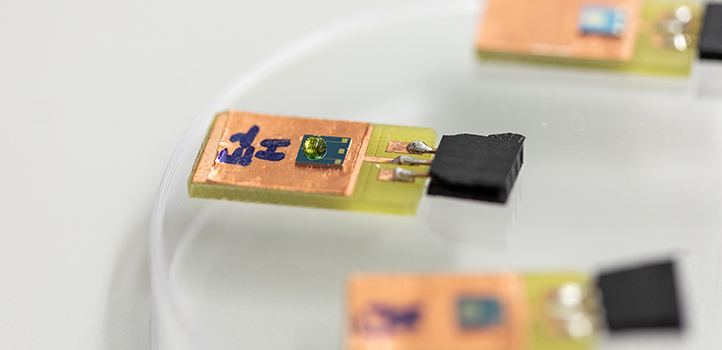
Electrical Engineering
Nanomaterial-based electronic device monitors a key heart health biomarker.
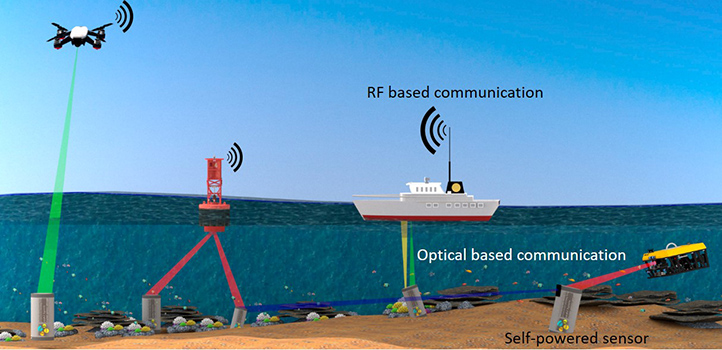
Electrical Engineering
Light can simultaneously transfer energy and data to underwater devices, but there’s a long way to go before these systems can be deployed.

Electrical Engineering
A self-powered water quality sensor could help fish farmers to monitor pollution in their ponds remotely.
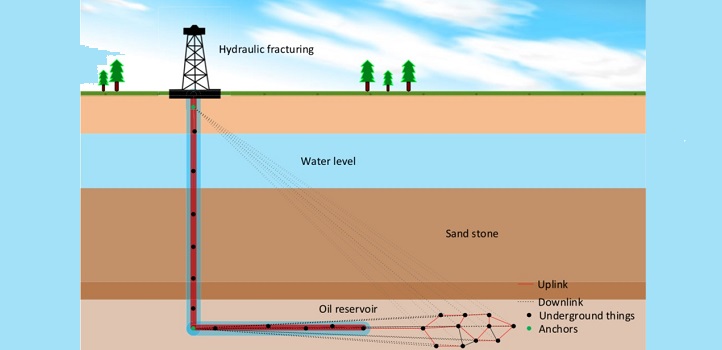
Electrical Engineering
Pinpoint mesh of smart underground objects could give real-time 3D readout of fossil fuel reserves.

Computer Science
For a communications revolution, 6G development needs more human-centric research.
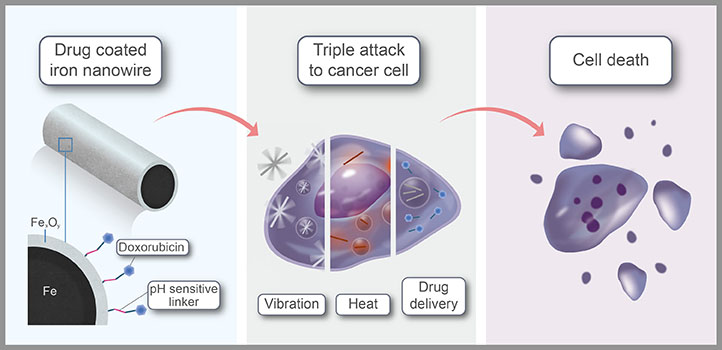
Electrical Engineering
Multifunctional iron nanowires selectively obliterate cancer cells with a triple-punch combination attack.

Electrical Engineering
The finding that light can be twisted very precisely may offer fresh options for communications infrastructure.
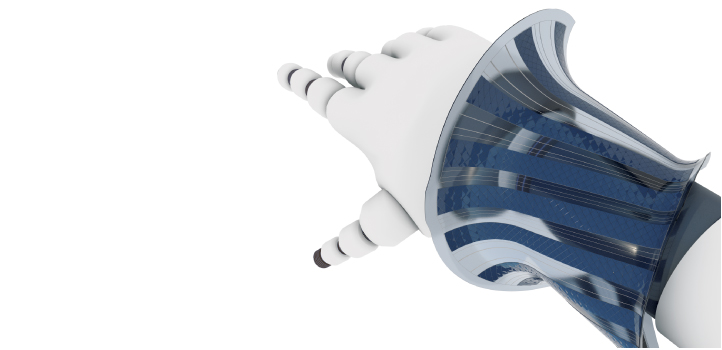
Electrical Engineering
Combining silicon with a highly elastic polymer backing produces solar cells that have record-breaking stretchability and high efficiency.

Electrical Engineering
Chaos could help put cyberhackers out of business with a patterned silicon chip that will be uncrackable even in the future.
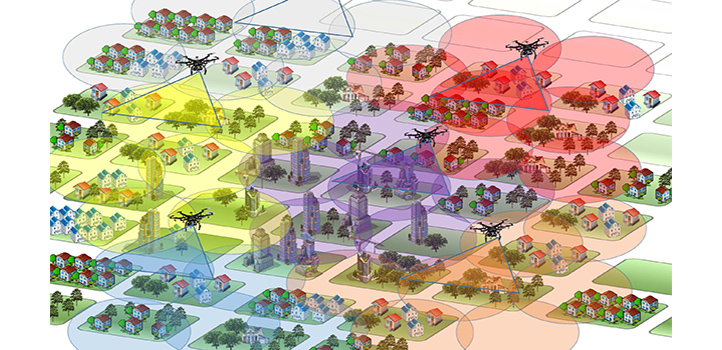
Electrical Engineering
Hovering airborne vehicles could connect smart sensors to the internet of things.
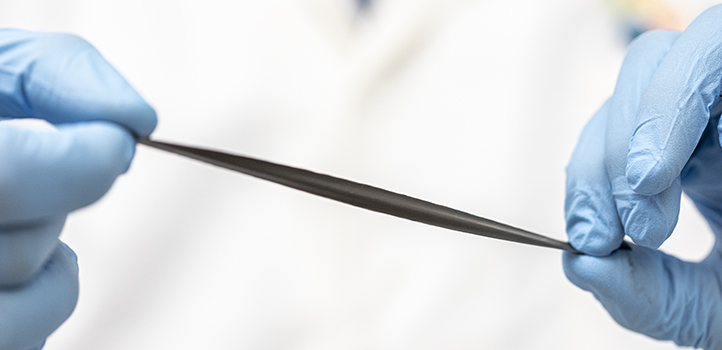
Electrical Engineering
A magnetic skin that is safe and comfortable to wear could open the door to a wide range of wireless, remotely controlled applications.

Electrical Engineering
Asrar Damdam is setting up her own biotech company in Silicon Valley while pursuing a Ph.D. at KAUST
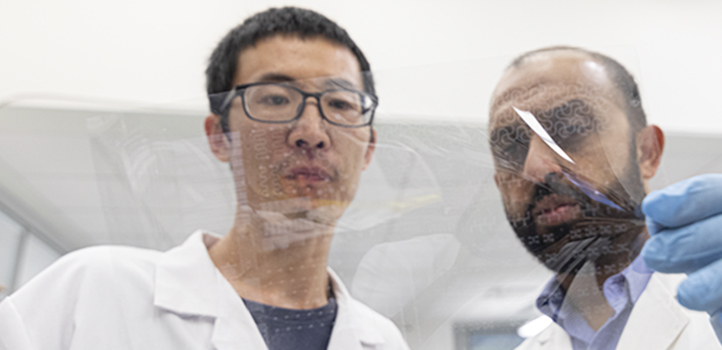
Electrical Engineering
Stretchy, see-through, silver nanowire sheet combines optical transparency with excellent electrical conductivity.
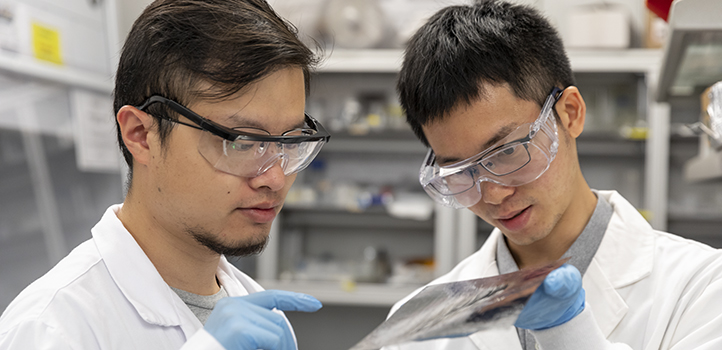
Electrical Engineering
An inexpensive passive cooling technology could be used to cool buildings in cities, reducing energy consumption.

Electrical Engineering
Understanding the situations when artificial intelligence can fail is critical for application of future autonomous vehicles and medical diagnostics.

Computer Science
A communications concept could pinpoint a person infected with a deadly, contagious virus in the middle of a crowded airport.
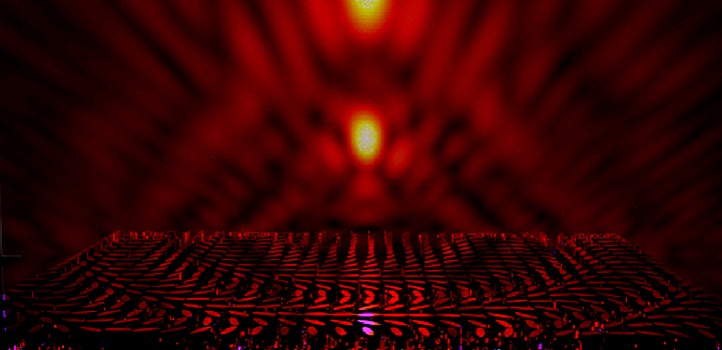
Electrical Engineering
Overlaying two film layers patterned with a nanoscale array can manipulate the propagation of light to create a powerful ultrathin lens.
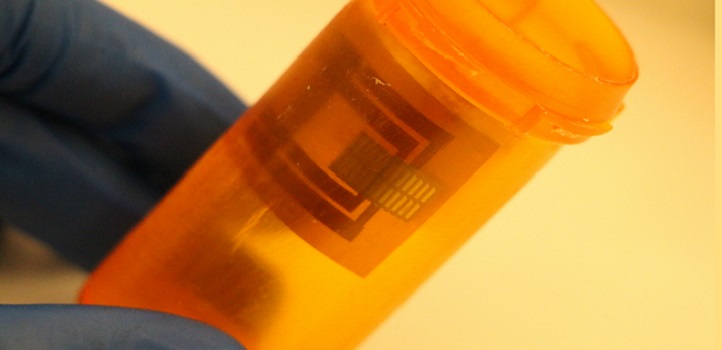
Electrical Engineering
Low-cost, stretchy sensors can be assembled inside the lid of a drug container to help monitor patient safety.
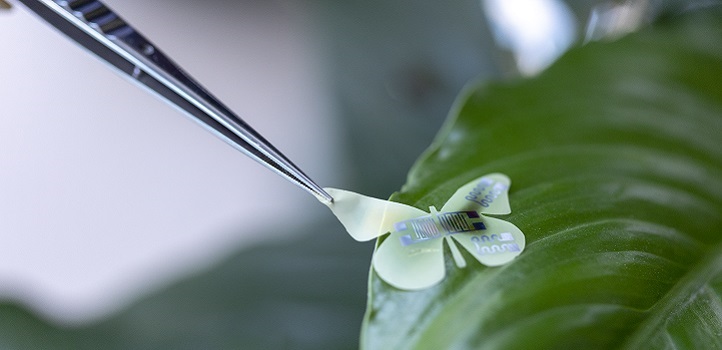
Electrical Engineering
An interdisciplinary initiative is helping KAUST be at the forefront of a digital revolution, where sensors can find a use just about anywhere.
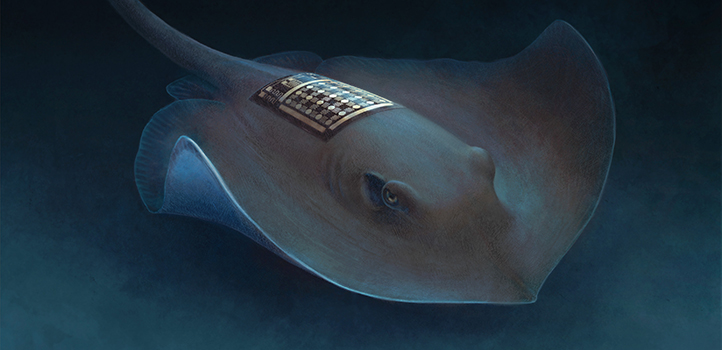
Electrical Engineering
A pioneering tagging system that monitors the movement and local environment of sea animals reaches deeper depths and higher sensitivities.
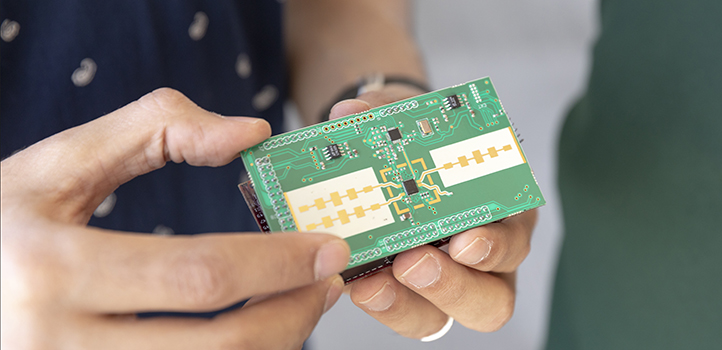
Electrical Engineering
A tiny, portable radar device could allow visually impaired people, or unmanned moving devices, to detect objects in real time.

Electrical Engineering
A virtual platform makes learning how to fabricate a semiconductor device easier, safer and more interactive.
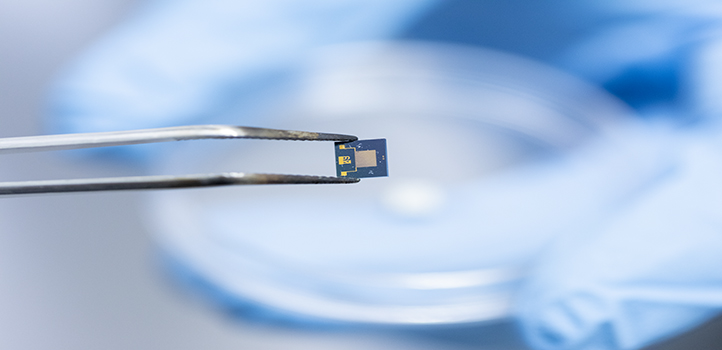
Chemistry
Fluorinated metal-organic frameworks make excellent materials for selective sensing and removal of toxic gases.

Electrical Engineering
Combining a polymer and microparticles enables a new type of capacitor that could mimic the way the brain processes information.
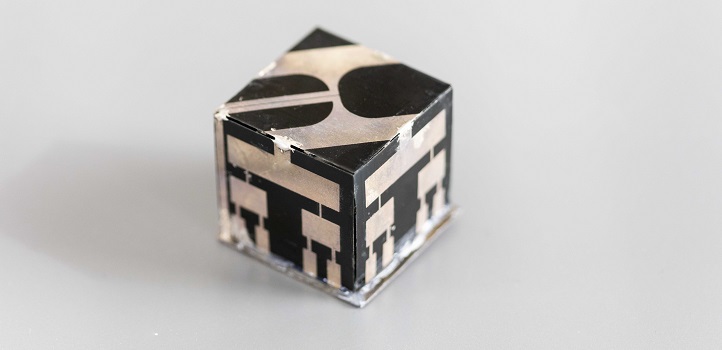
Electrical Engineering
Ambient energy emitted by cellular phones and modems can be captured and converted into electricity using unusually shaped technology.
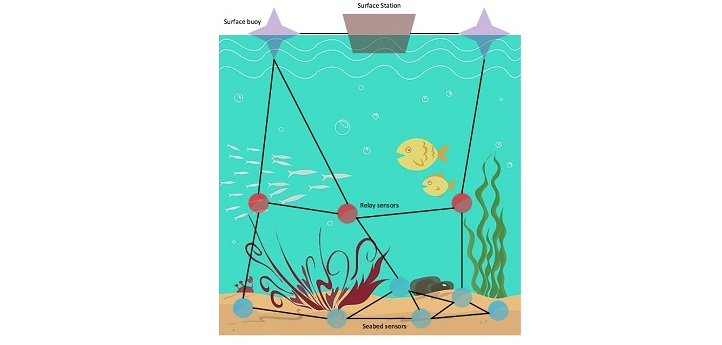
Electrical Engineering
An optical system for monitoring underwater sensor positions could enable large networks of devices to be deployed for ocean measurements.
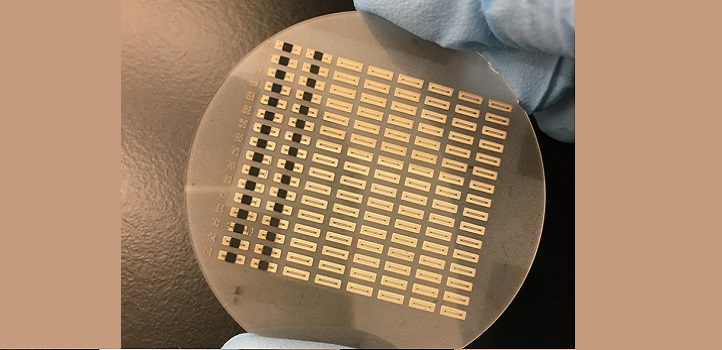
Electrical Engineering
Inkjet-printed switches make multiple frequency bands easier and cheaper to manage in wireless devices.
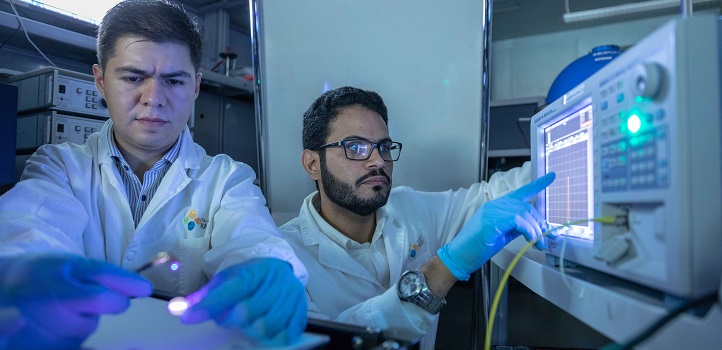
Electrical Engineering
High-performance blue-light-emitting diodes could boost white-light, high-speed data transmission.
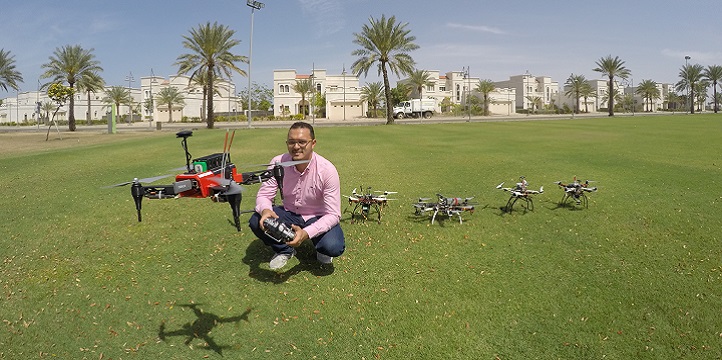
Electrical Engineering
Innovative drone designs and software enable a team of drones to work together in a coordinated approach.
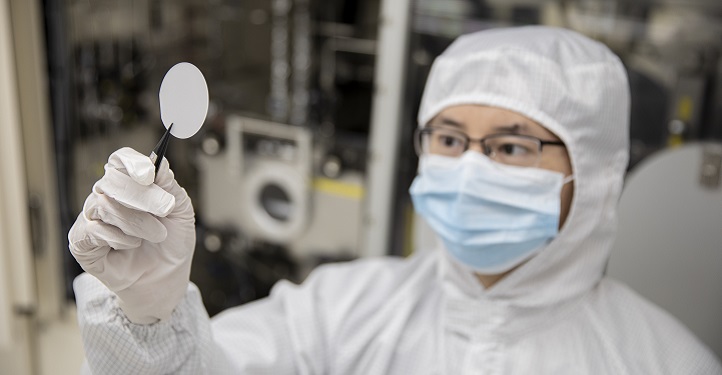
Electrical Engineering
Precise control of the atomic structure of gallium oxide layers improves the development of high-power electronic devices.

Electrical Engineering
Ultrathin films curve up into long, light and cost-effective heat-harvesting tubes for high-power generation.
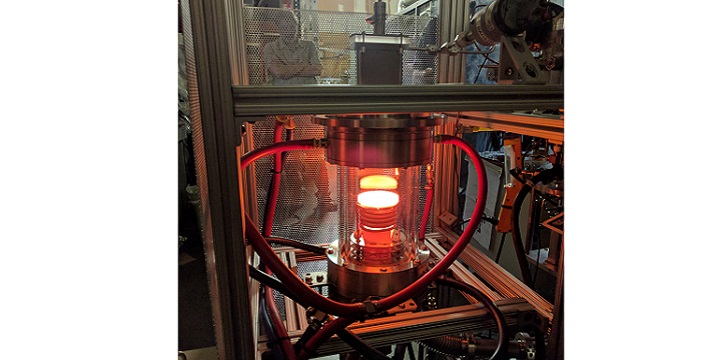
Electrical Engineering
An innovative chemical reactor for depositing semiconductors at very high temperatures draws on the strength of Saudi Arabia’s chemical industry.

Electrical Engineering
A new ink containing iron oxide nanoparticles can be turned into fully printed and versatile components for cellular networks.

Electrical Engineering
From farming to healthcare, there are few areas of our lives that couldn’t be enhanced by incorporating flexible CMOS electronics.
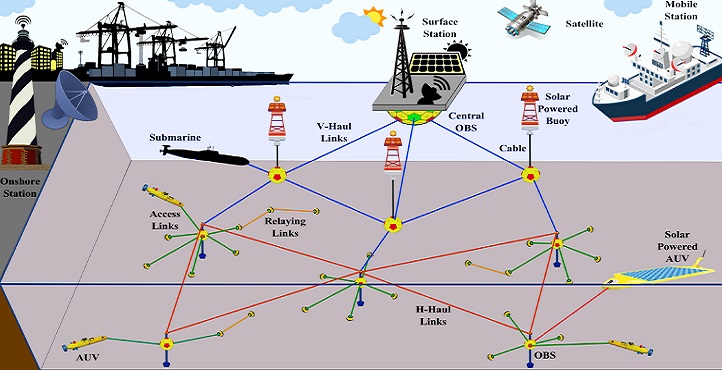
Electrical Engineering
Unveiling new strategies to improve future wireless underwater sensing networks for marine research and communication.

Electrical Engineering
A simple chemical surface treatment improves the performance of nanowire ultraviolet light-emitting diodes.
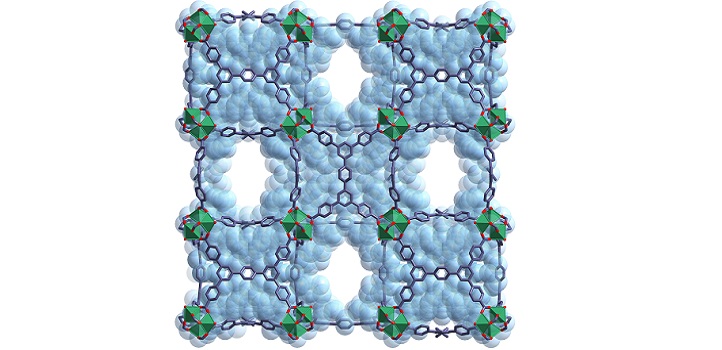
Electrical Engineering
A metal-organic framework that can take up twice its weight in water and then release it when humidity falls.
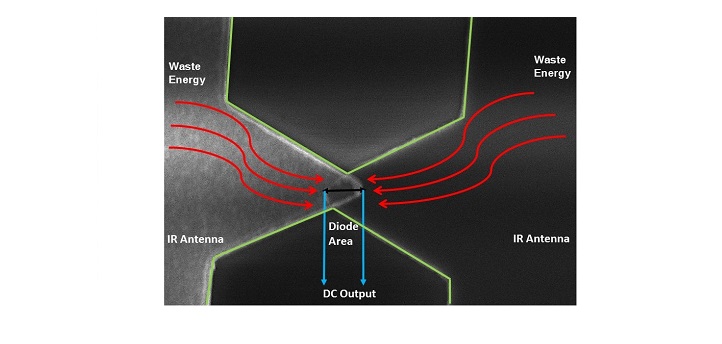
Electrical Engineering
Innovative diode design uses ultrafast quantum tunneling to harvest infrared energy from the environment.

Electrical Engineering
Ultrathin, rigid silicon segments that are wired through interdigitated metal contacts produce ultraflexible high-performance solar cells.